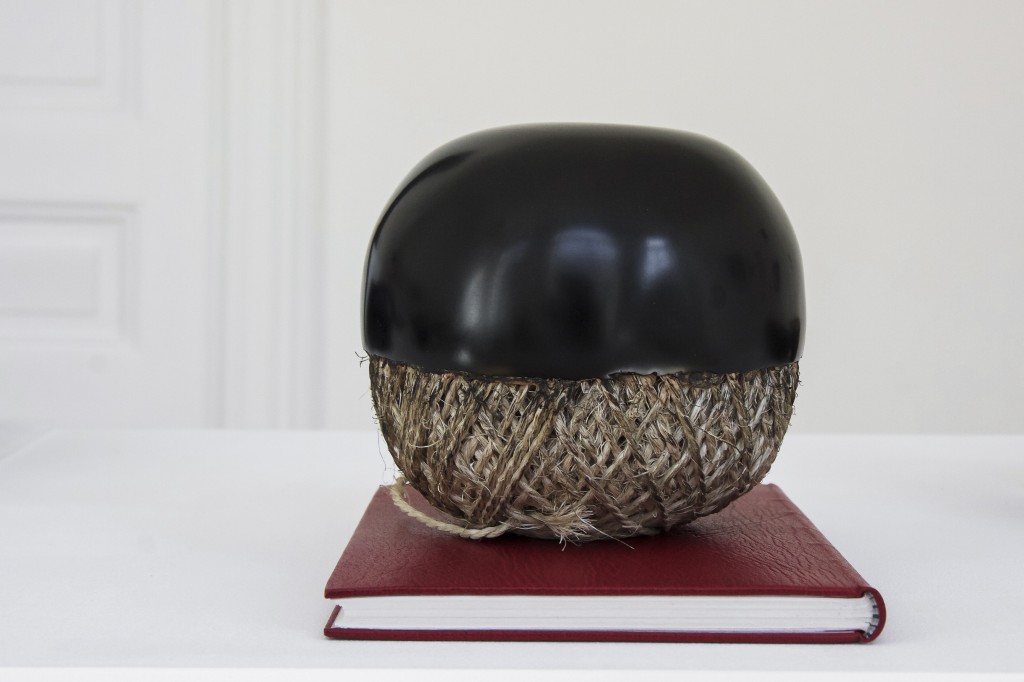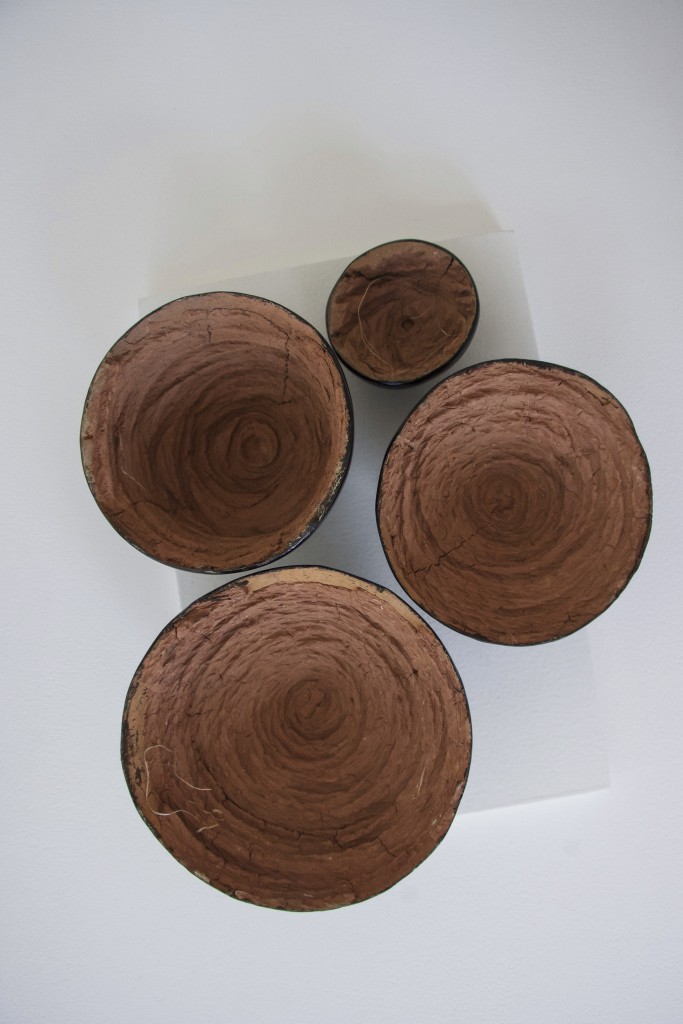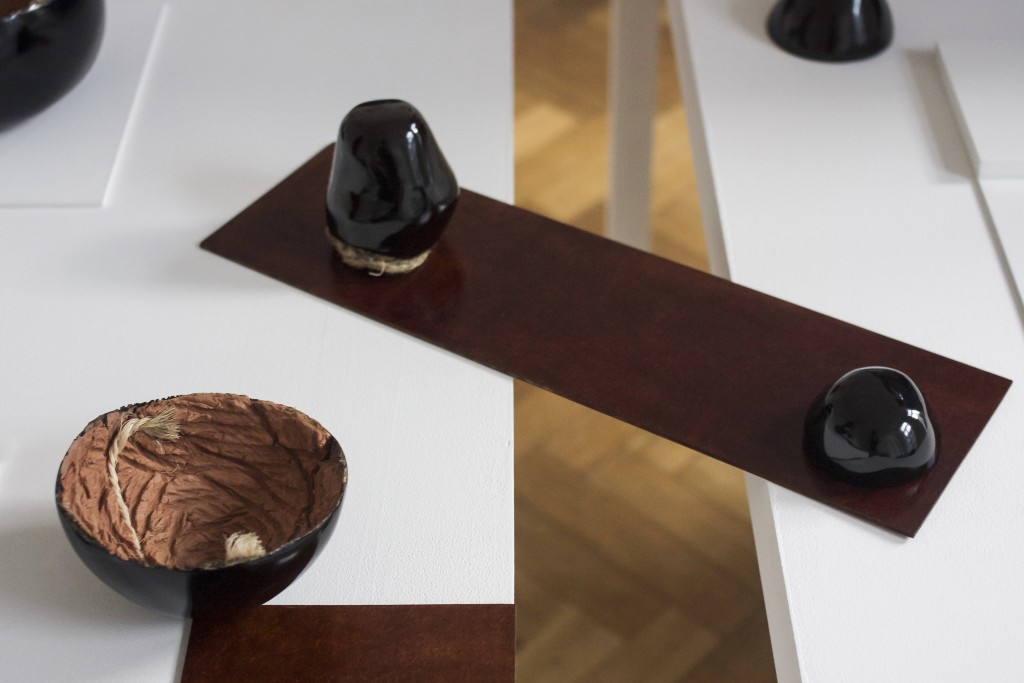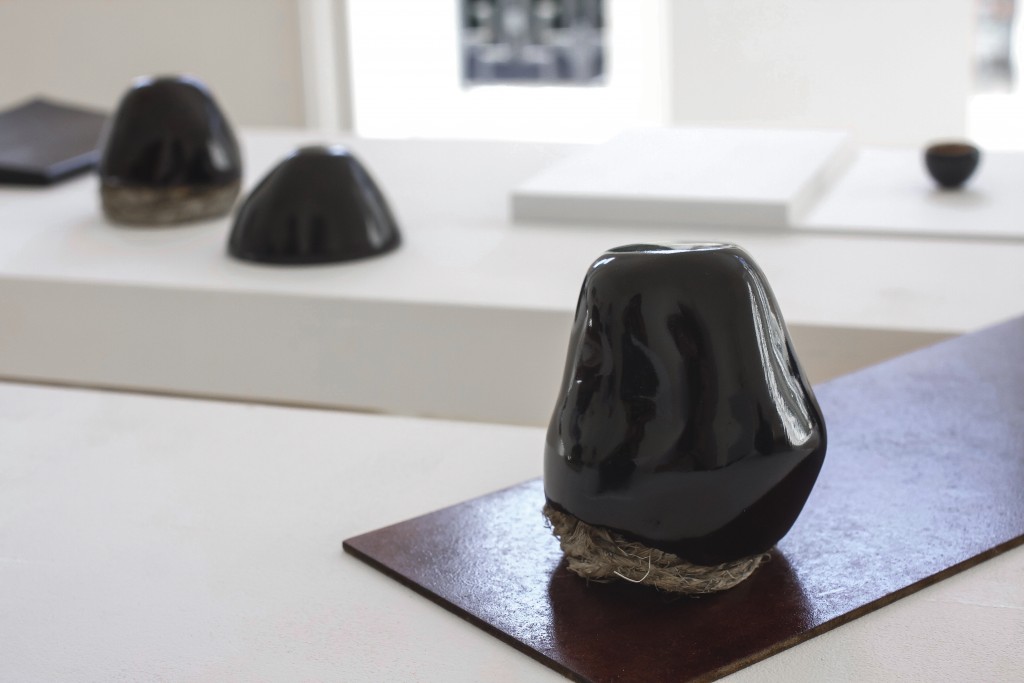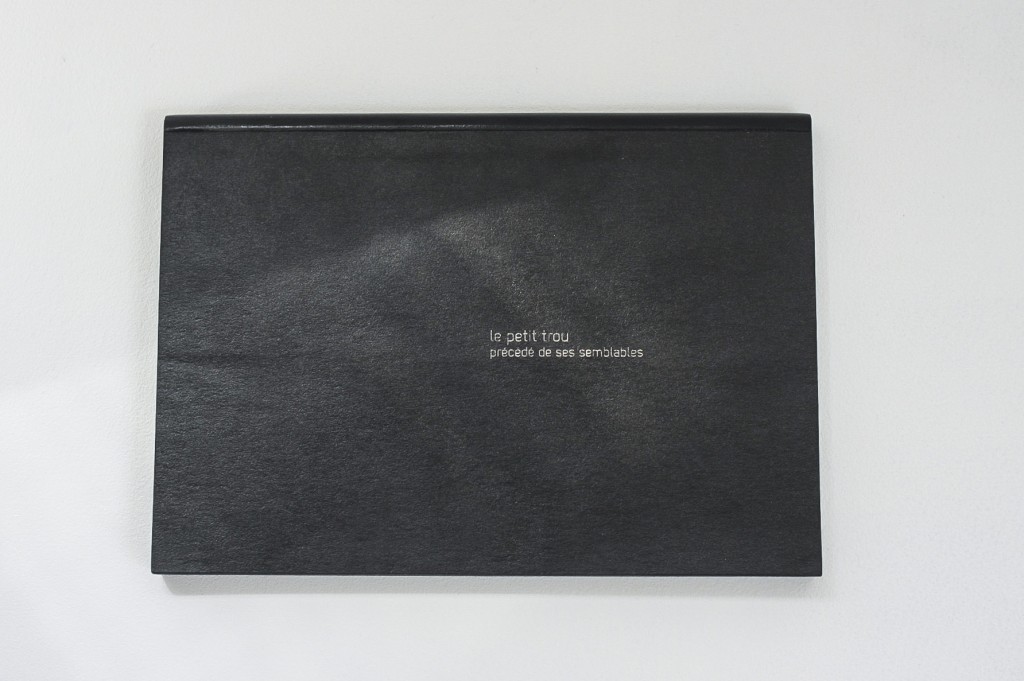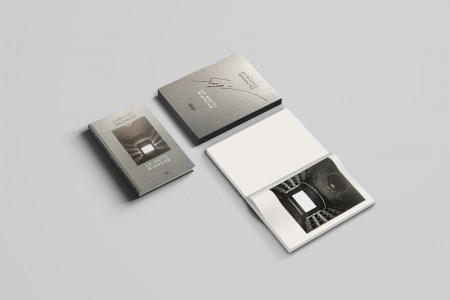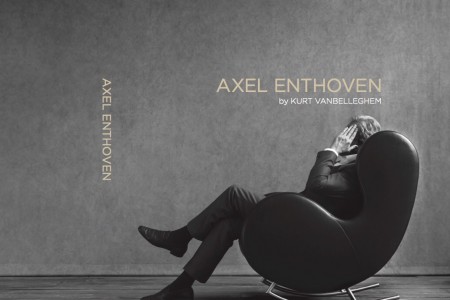
Song Yi Han: The Book of Lacquer
Last September, Songyi Han received an award from the minister and president of the Wallonia-Brussels Federation as well as the TLmag prize during the WCC.BF Tremplin awards.
In Mons, Belgium this September, Song Yi Han received an award from the minister and president of the Wallonia-Brussels Federation as well as the TLmag prize during the WCC.BF Tremplin awards. Her piece, a book, was bound and full of delicate content. It juxtaposed the silent and shining black lacquer she used in interesting ways. Han, who goes by the name Song Yi in the design world, has created a singular work that is both deep and poetic.
TLmag: As a Korean who studied at the La Cambre visual arts school in Brussels, how do you feel your culture has influenced your works?
Song Yi: My years at La Cambre were not easy ones. Initially, I went through a period where I was plunged into a world I did not fully understanding, both in terms of the French language and the cultural context. I also had the feeling that I was not understood by others. I felt like I was not a part of this world, I was on the sidelines. I felt a bit lost, but the only thing I could do was continue moving forward. I kept going to school, kept working, observing and listening to people, trying to understand them and kept trying to express myself in a language that does not come naturally to me. But in the end, this experience was a very rich one for me. It helped me see the world differently, but also made me see my own culture in a new light. This led me to return to my culture, notably through my use of lacquer.
TLmag: What is the meaning behind your technique of connecting book binding and lacquer?
S.Y. : For as long as I can remember, I have always felt attached to books. When I was little, books were like toys to me. They let me create spaces to play in. A little later, once I had started to learn to read, they became a source of stories that made me imagine a whole new universe. Imperceptibly, this contact I had with books led me to binding and to my current themes, which came to me intuitively. My book-bowl-lacquer project started with a simple idea: a book is a bowl and a bowl can be a book. This connection came to me during my research into books at La Cambre; books are invented objects that are containers for content. That was my first flash of inspiration. Later, when researching other materials that I wanted to apply to books, I found lacquer by chance. I thought I might be able to work with it. This happened during one of my visits to my family in Korea. I felt that this material gave me the means to pursue my adventure.
Working on this project, I realised that I came to Europe for book binding and book binding brought me back to Korea for lacquer. My role in all this was to reclaim lacquer for myself as a material for book binding. It was a way of reappropriating my native culture to share it with my new Western culture. The meaning behind this process is doubtless to find a connection—a balance—between my roots and my adopted country.
From a technical standpoint, I use a traditional Korean method for making objects with lacquer. The soil I use does not make the finished product, though I did decide to keep the imprint it makes. The string provides the structure for the shape and the damp soil softens it. Once it has dried, I apply a hemp fabric with a mixture of lacquer and powdered soil to harden the shape.
TLmag: Is the book a receptacle for all the various content or does it also function as a tool to support the container?
S.Y. : Starting from the idea that a book is a bowl and a bowl can be a book and realising that the soil I use leaves a mark on the inside of the bowl, I decided to draw it. Each bowl has a print. This content is ephemeral and I could compile it in another container: a book. The book is also an actor in the process and there is no hierarchy between it and the bowl. I would never exhibit the bowls alone. There will always be “le petit trou précédé de ses semblables [the small hole preceded by related items]”. They are at the same level and also in dialogue.
TLmag: Are you going to continue this adventure with lacquer as a way to explore and share your history?
S.Y. : Yes, I am planning to continue working with lacquer. I want to continue where I left off with this project, that is to say, continue working on the book-bowl relationship, maybe by working on other forms of bowls, but also by incorporating more lacquer into book binding. And in this vein, I would like to work on the book as an object. All of this must occur in practice, but I also must be careful to ensure that intuition and chance meetings still play a role to preserve the living soul of the project.
Extracts selected by Song Yi from her book “Le petit trou précédé de ses semblables”, from the Book-bowl-lacquer project.
“Livre
Je me rappelle du sentiment que j’avais pour le livre quand j’étais
encore petite
Fantasmer
Il me faisait fantasmer ou je le fantasmais
Un sentiment un peu délicat
Comme si j’étais un peu timidement amoureuse
Expérience
Un jour, j’ai mis tous mes livres par terre
Livres couchés, empilés
Livres debout, assis
Déployer
J’ai construit un espace, une maison
Je l’ai composée.
–
J’ai fait mon premier livre.”
… my first steps into the world of book binding, when I still had a vision dominated by fantasy, before the moment when everything clicked for a more minimal approach:
“Depuis que j’ai commencé à travailler autour des livres, j’ai cherché
à sortir du livre. Sortir de son exigence formelle, structurelle,
fonctionnelle, ne pas rester dans son carré forgé-figé.
Je rêvais de livres imaginaires, fantastiques, science-fictiques.
J’ai voulu faire quelque chose de nouveau, spectaculaire, un livre qui
impressionne tout le monde. Mais, je ne savais pas concrètement à
quoi il ressemblerait. Je n’ai jamais été plus loin que le visualiser
intuitivement, je n’ai jamais réussi à le réaliser.
Je reviens chaque fois à l’idée de faire un livre simple.
Je ne sais pas faire plus que ça, me disais-je.
Mais pourquoi vouloir produire du spectaculaire, être
sensationnaliste. Cela ne me correspondait pas après tout.
La simplicité.”
… without labelling it too much, the spirit of my work:
Livre, bol, laquage, geste, répétition, mouvement, respiration,
souffle
Le travail du temps ; dans la nature, les feuilles tombent de l’arbre.
Elles s’empilent sur le sol. Elles se décomposent, disparaissent.
Avec le temps, les feuilles repoussent sur l’arbre.
Va-et-vient de la mer, des galets s’empilent. Ils bougent. Ils se
polissent. Ils se disperssent.
Dans le processus de création, chaque étape a son sens. Gestes,
respiration ; déplier le mouvement, ne pas être dans la routine :
c’est une articulation. On peut se sentir hors du temps, entrer dans
une sorte de méditation, au travers d’un geste qui a été répété
depuis longtemps, auquel on participe dans son for intérieur.
Dans le temps du travail
Parfois j’oublie de respirer
Je pense à quelque chose (de rien)
Penser au va-et-vient de la mer
Imaginer le bruit des cailloux
Le souffle revient
Le rythme de la respiration se reprend
Le souffle continu
Respiration-geste-rythme
Quelque chose (de rien) s’anime.
Livre
Comme des couches de respiration
Comme la vague qui revient chaque fois
Comme des paysages qui passent
Qui se changent
Les pages tournent
Comme une pelle qui creuse un trou dans la terre
Ou bien comme une pelle qui entasse de la terre.
